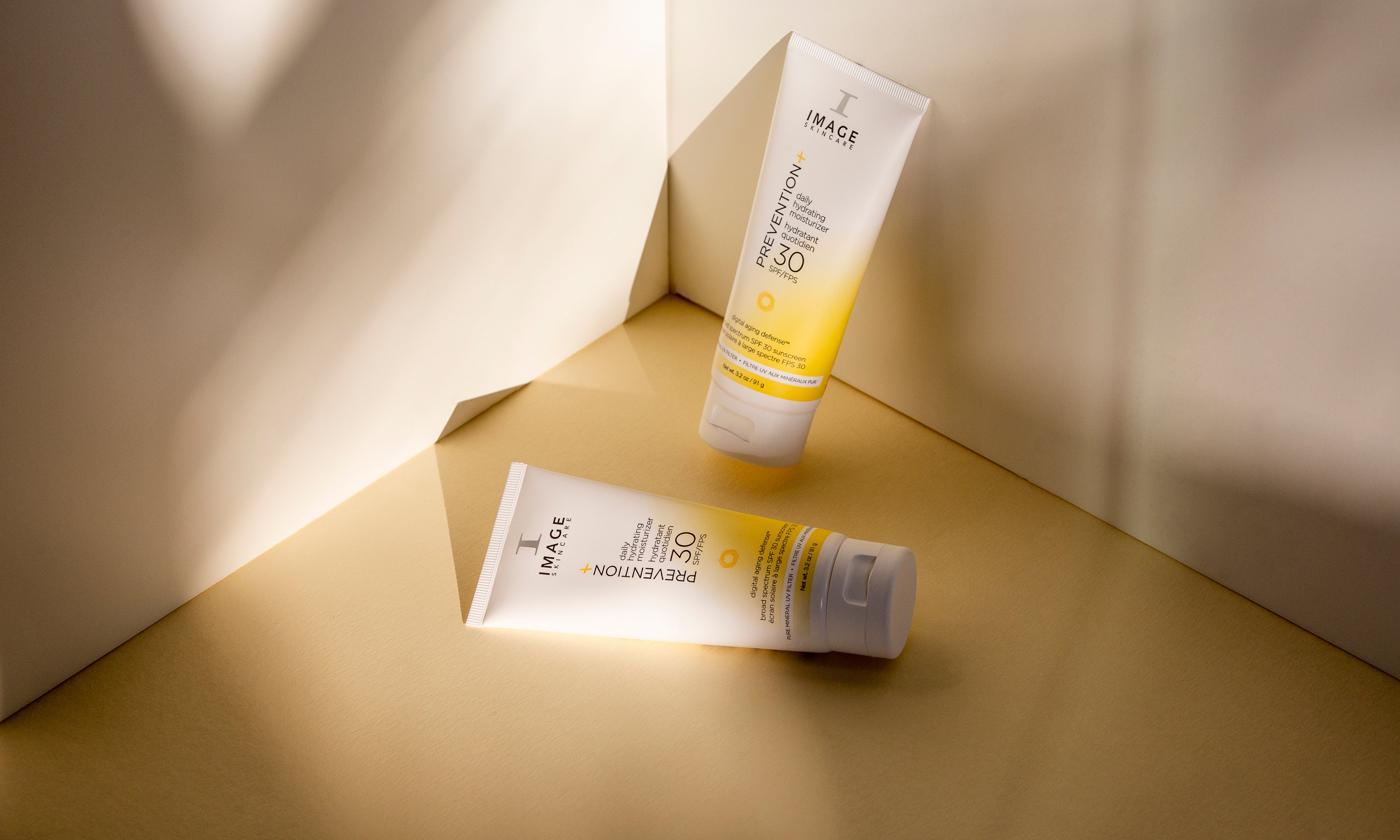
PHYSICAL VS CHEMICAL
By now, we’re hoping you already know the importance of daily sunscreen application (it’s 2021, after all!). That’s right: SPF is all year long, rain or shine, inside and outside–acting as the number-one anti-aging product and the most effective way to prevent wrinkling and external damage to your glow.
However, it’s no secret that it may be difficult to find the right sunscreen for your needs (which is exactly why we wrote a blog about it). While there are dozens of different types of sunscreen products available, there is one major distinction that needs to be taken into account before making your decision.
PHYSICAL VS CHEMICAL
Physical sunscreens (otherwise known as mineral sunscreen) acts as a shield on your skin. Because it sits on the skin’s surface, it works by deflecting UV rays to prevent sunburn. Physical sunscreen is made with mineral-based ingredients, such as zinc oxide and titanium dioxide.
How do you know if your sunscreen is physical/mineral? If the only active ingredients listed on your sunscreen’s label are zinc oxide and/or titanium dioxide, then it’s a physical sunscreen.
PROS:
- Because physical sunscreens lay on top of the skin, they are considered as “safer” amongst those who have concerns about the ingredients found in chemical sunscreens (for example, children or pregnant women). They are also often preferred by those with sensitive skin.
- Unlike chemical sunscreens (which take about 30 minutes to reach their full, effective sun protection, physical/mineral SPFs start working immediately after application.
CONS:
- Because they are oftentimes thicker than chemical sunscreens, some mineral SPFs leave a white film (also known as a white cast) over the skin. A solution to this is to opt for a tinted mineral formulation.
VIVIER SKIN SHEER SPF 30 MINERAL TINTED $48
TIZO3 FACIAL PRIMER SUNSCREEN SPF 40 $57.20
SKINCEUTICALS PHYSICAL FUSION SPF 50 $49
COOLA SUNCARE MINERAL FACE SPF 30 MATTE CUCUMBER $48
Chemical sunscreens are absorbed into the skin and prevent UV damage through a chemical reaction (hence, the name). “Chemical sunscreen usually contains oxybenzone, dioxybenzone, avobenzone, octocrylene, homosalate, octinoxate and other chemicals, which absorb and release damaging UV rays,” shares Dendy Engelman, M.D. and celebrity dermatologist based in NYC.
How do you know if your sunscreen is chemical? If the active ingredients listed on your sunscreen’s label contain anything other besides zinc oxide or titanium dioxide, it’s a chemical sunscreen. However, beware that some formulas can be hybrid!
PROS:
- As chemical sunscreens are thinner, they can be easier to apply. This also makes them preferred by those with oily skin/breakouts.
- They can also be preferred under makeup as they do not leave such an apparent residue. does not leave behind the white residue that is often associated with physical sunscreens. Chemical formulations tend to be lighter and for that reason, are often preferred by oily skin types.
CONS:
- Chemical sunscreens are considered safe and will ALWAYS remain a better option than heading outside without any UVA/UVB protection. However, because they are partially absorbed into the bloodstream, much research has been done on the potential side effects (both on us and the environment). Because of this, many brands are phasing out the ingredients that are harmful to our health and the environment and replacing them with hybrid mineral/chemical formulas.
- Chemical sunscreens may also be more irritating to sensitive skin.
Here are a few of our favorites:
ELTAMD UV CLEAR BROAD SPECTRUM SPF 46 $64
IMAGE SKINCARE PREVENTION+ DAILY ULTIMATE PROTECTION SPF 50 $76
Until next time....make sure to protect that glow!
The team at BSE

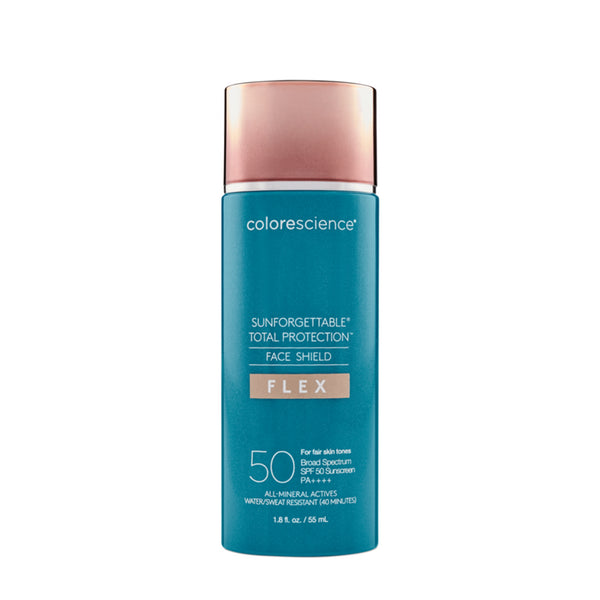
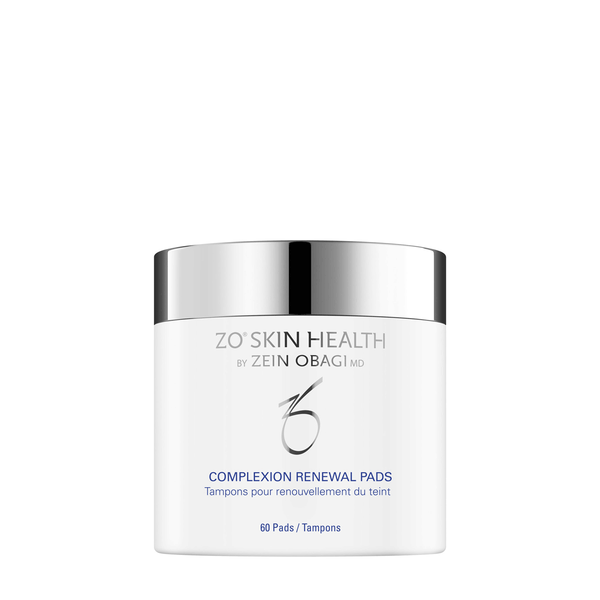
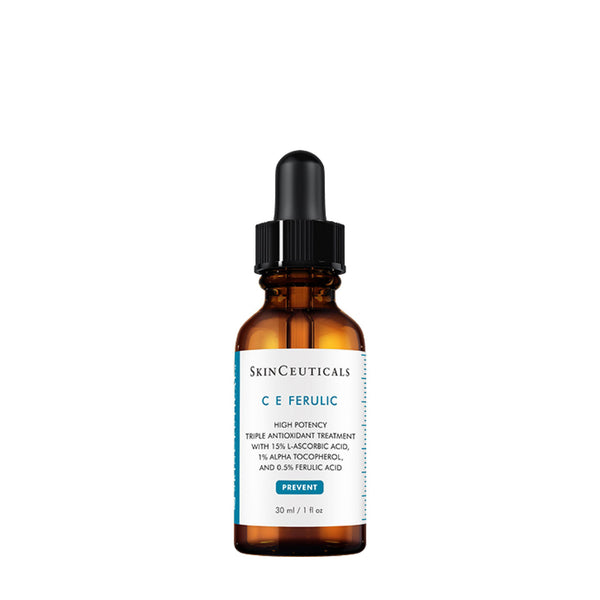
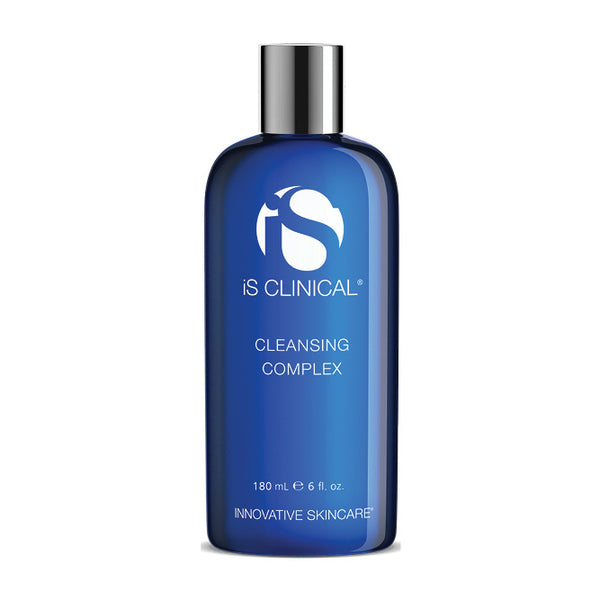
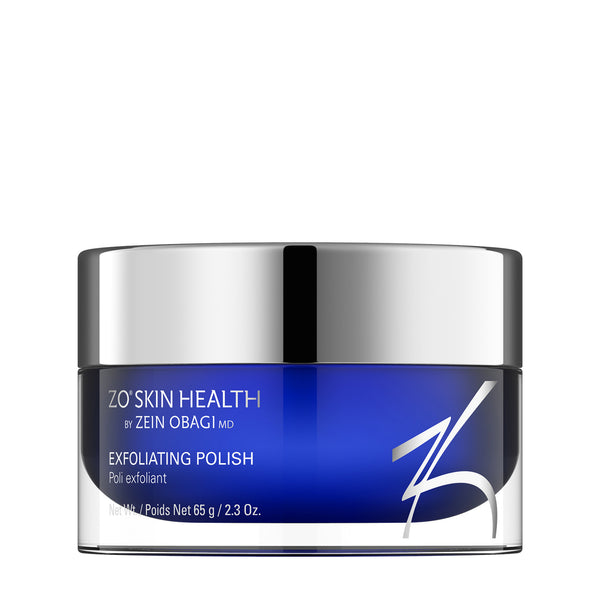







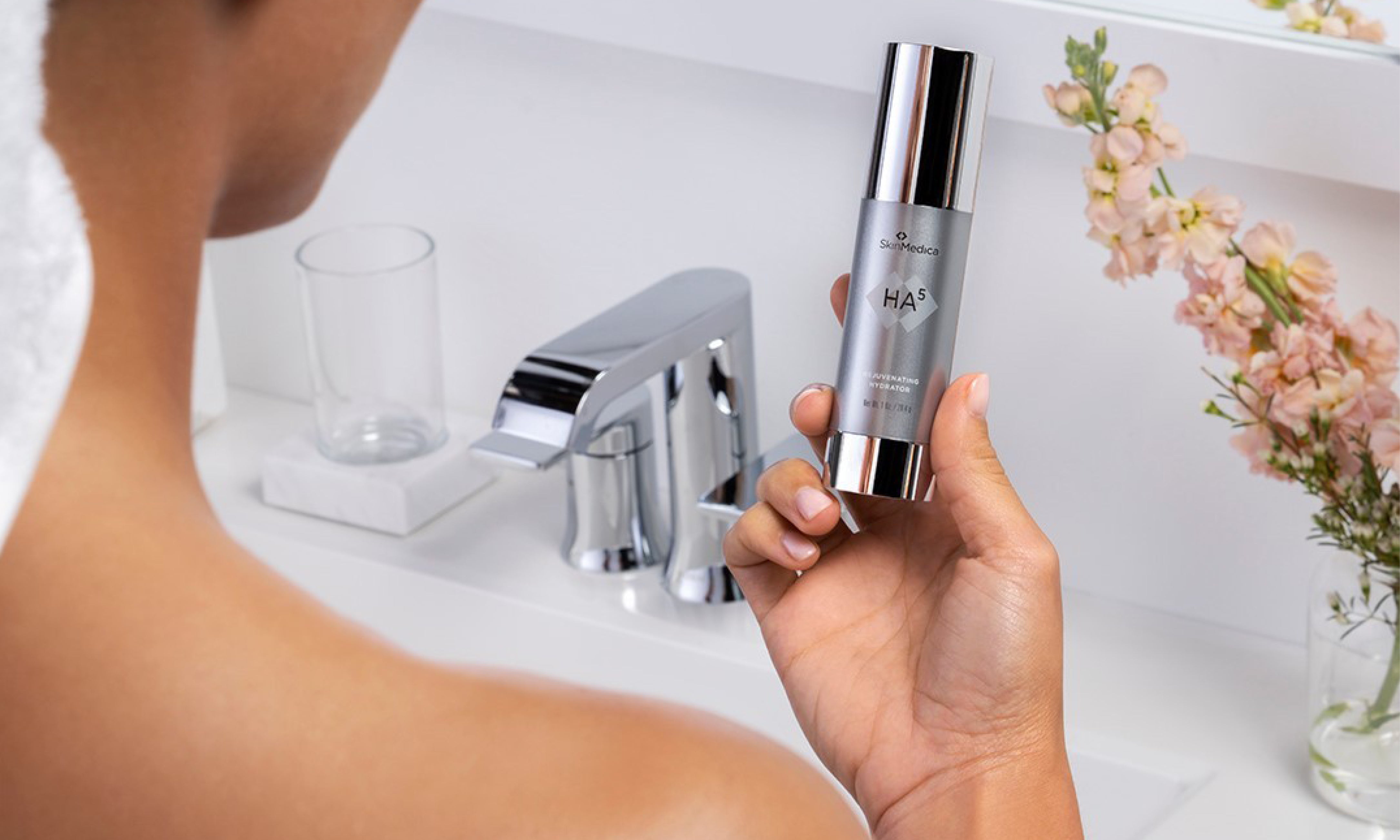



Leave a comment